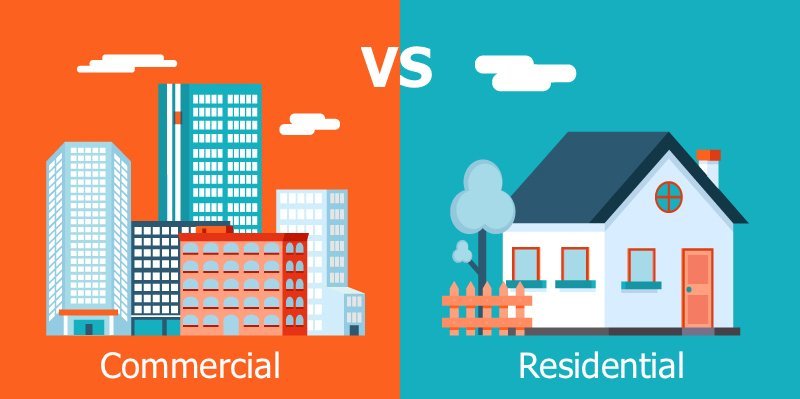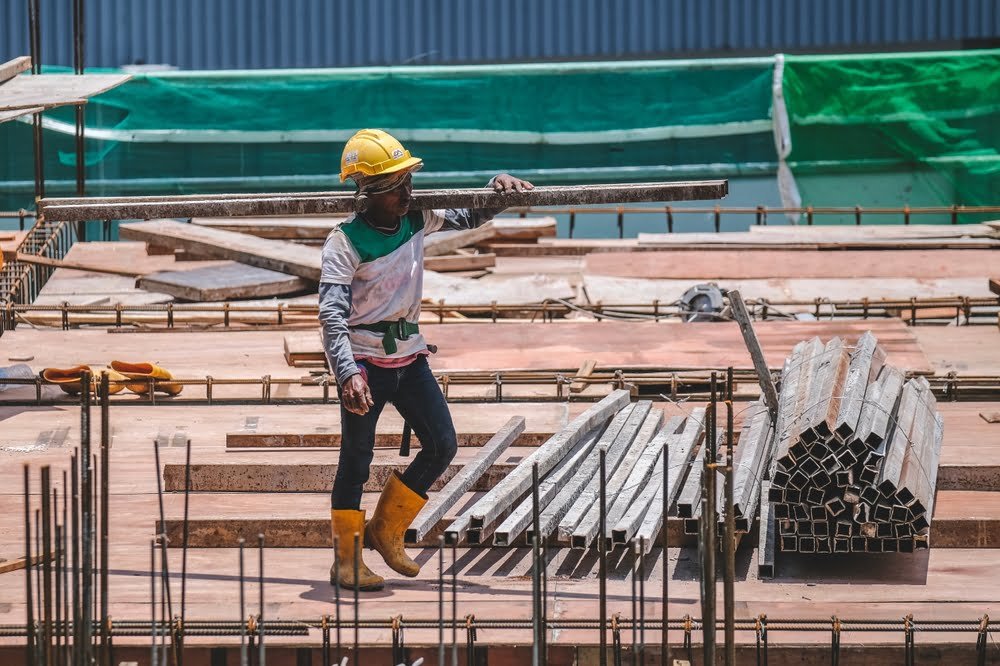Real Estate Development Malaysia plays a critical role in the country’s economic growth, contributing significantly to the construction sector and employment. From residential to commercial projects, the real estate market fuels much of the nation’s urbanization and infrastructure expansion. This article will explore how real estate is shaping Malaysia’s construction industry, impacting employment, and meeting the demands of its growing population.
Contribution of Real Estate to Malaysia’s Economy
Real estate is a cornerstone of Malaysia’s construction growth. In 2022, the construction sector contributed approximately 4.1% to Malaysia’s GDP, highlighting its importance to the country’s overall economic progress. This percentage may seem modest at first, but it reflects the sector’s significant influence across multiple industries. From creating job opportunities to boosting local economies, the ripple effect of real estate is widespread. As the industry continues to grow, its impact on the nation’s economic landscape is expected to increase.
The construction sector also plays a crucial role in employment, with over 1.5 million people employed in construction-related jobs. These numbers demonstrate how real estate development directly supports the livelihoods of Malaysians. This not only aids economic stability but also drives infrastructure growth in both urban and rural areas.
Real Estate Development Driving Construction Growth

Let’s take a look at how the Real Estate Development Malaysia, particularly in commercial and residential sectors, is fueling the country’s construction boom!
Commercial Real Estate Growth
While residential developments dominate the construction landscape, commercial real estate is also experiencing steady growth. In fact, Malaysia’s commercial real estate market is projected to reach USD 250.60 billion by 2029, growing at a rate of 2.4% annually from 2024 to 2029. Commercial projects, such as office buildings, shopping malls, and industrial facilities, are crucial for economic development. They support Malaysia’s transition to a more urbanized and service-oriented economy.
Developers are investing in mixed-use developments, which combine residential, commercial, and recreational spaces. One of the most significant projects is the Tun Razak Exchange, a financial district in Kuala Lumpur that integrates these elements to create a vibrant urban environment. This trend toward mixed-use developments is expected to continue, providing investors and businesses with opportunities to expand while improving the quality of life for city residents.
Residential Property Boom
One of the main drivers behind Malaysia’s real estate surge is residential property development. In 2023, 60% of construction activities were linked to residential projects. Urbanization and population growth are creating a high demand for affordable and sustainable housing solutions. As cities like Kuala Lumpur and Penang continue to expand, new housing developments are being built to meet the needs of a growing middle class. This trend not only fuels the construction industry but also provides more living space for Malaysians, making housing more accessible.
The demand for housing isn’t just about quantity, but also quality. New developments emphasize modern amenities, smart home technology, and sustainability, aligning with global trends. This focus on residential real estate is expected to continue in the coming years as Malaysia addresses housing shortages and meets the lifestyle preferences of urban dwellers.
Investments Fueling Growth
The Real Estate Development Malaysia and construction industry is expected to grow by 8.0% in 2023, driven largely by increased investments in real estate. Local and international investors are recognizing the long-term potential of Malaysia’s property market. Government policies that encourage foreign investment and initiatives such as the Malaysia My Second Home (MM2H) program attract foreign investors to buy properties, further boosting the sector.
As Malaysia becomes a more attractive destination for businesses and expatriates, the demand for both residential and commercial properties will rise, fueling further investments in the real estate sector. This creates a cycle of growth, where investments drive construction, and construction boosts economic activity, attracting more investors.
The Future of Real Estate Development Malaysia
Looking forward, Malaysia’s real estate market shows no signs of slowing down. With population growth, urbanization, and rising foreign investments, the demand for both residential and commercial properties will continue to increase. Mixed-use developments and innovative housing solutions are expected to play a significant role in shaping the future of urban living in Malaysia.
Real Estate Development Malaysia is a vital driver of the country’s economic growth, directly contributing to GDP and employment. From residential to commercial projects, the real estate sector is meeting the demands of a growing urban population while attracting significant local and foreign investments. As Malaysia continues to develop, the future of its real estate market looks bright, with innovations like mixed-use developments offering new opportunities for investors and improving the quality of life for residents.

